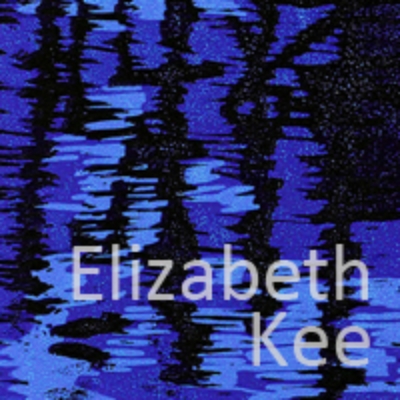Phase 1
Daily relationship of temperature to humidity Mae Sariang, Thailand, 2011
In Phase 1 over the summer of 2012 research was conducted into TB and exploring current TB medic's knowledge, disease transmission, and natural or low cost disease mitigation techniques. TB infection is spread via respiratory transmission of Mycobacterium tuberculosis in airborne droplet nuclei and therefore, attention must be paid to the organization, transmission of the disease, and ventilation within the lab. Through research it was realized that only two natural factors can mitigate the transmission of TB: natural ventilation to move the bacterium from an indoor space, and UV light to kill the bacterium over time. UV light has shown to be an effective way of naturally slowing TB transmission, but only in areas where the reletive humidity (RH) is kept below 60%. In this area of Burma RH regularly climbs above 60% and in the graph above for RH values in 2011 only on certain days in April did the RH drop below 60%. Therefore at this location UV light was not deemed an effective mode of slowing TB transmission. However, as seen by the windroses, there is a great deal of natural wind on the site that could be used to create cross ventilation throughout the lab. While no direct wind data for the site was available this data came from a town in Thailand only 2 miles away, and is supposed to have similar conditions to those on site. The wind data played heavily in how to orientate the building for maximum natural ventilation, and to encourage as much cross ventilation through the structure as possible.
Projected wind on site year round
Analemma over site



